Can Cats Eat Canned Tuna in Water? Exploring the Benefits and Risks for Your Feline Friend
- 12 Mar 2025 13:43
Tuna is a popular fish, and it’s often a go-to treat for cat owners who want to spoil their feline companions. Many cat owners might wonder: Can cats eat canned tuna in water? The short answer is yes, cats can eat canned tuna in water in moderation, but there are several important factors to consider before making it a regular part of their diet.
Let’s dive into the potential benefits and risks of feeding your cat canned tuna in water and explore how to safely offer it as a treat.

The Benefits of Tuna for Cats 🐟
Tuna, especially canned tuna in water, can offer some benefits when served occasionally as a treat for your cat. Here’s why it can be a tasty and appealing snack for your feline friend:
1. High in Protein 💪
Tuna is an excellent source of protein, which is essential for your cat’s muscle growth, immune system, and overall health. Cats are obligate carnivores, meaning they need animal-based protein to thrive. Tuna provides a good, protein-packed treat that can complement their regular diet.
2. Omega-3 Fatty Acids 🧠
Tuna is rich in omega-3 fatty acids, which are beneficial for your cat’s skin, coat, and overall well-being. Omega-3s can also support your cat's heart health, reduce inflammation, and contribute to cognitive function, particularly in older cats.
3. Appealing Taste and Smell 😻
Most cats love the strong smell and rich flavor of tuna, making it a tempting treat. If you’re trying to get a picky eater to enjoy their food or medicine, a small amount of tuna might do the trick.
The Risks of Feeding Cats Canned Tuna in Water 🚨
While tuna can offer some benefits, there are also several risks to consider. Overfeeding tuna or serving it incorrectly can lead to some health problems for your cat.
1. Mercury Toxicity ⚖️
One of the biggest concerns with feeding cats tuna is the potential for mercury poisoning. Tuna, especially larger species like albacore or yellowfin, tends to accumulate higher levels of mercury due to their position in the food chain. Long-term exposure to mercury can lead to symptoms like lack of coordination, tremors, and even damage to vital organs. To avoid mercury buildup, it’s best to serve tuna in moderation and limit it to occasional treats rather than regular meals.
2. Nutrient Imbalance 🥴
While tuna is high in protein, it lacks other important nutrients that your cat needs for a balanced diet. Cats require a variety of nutrients, including taurine, vitamins, and minerals, that tuna alone cannot provide. If tuna is given too often, it could lead to an imbalance in your cat’s diet, potentially causing nutritional deficiencies over time.
3. Sodium Content 🧂
Canned tuna, even when packed in water, can be high in sodium, which is not ideal for your cat. Excessive sodium intake can lead to dehydration, kidney problems, or high blood pressure. If you do decide to give your cat canned tuna, opt for tuna packed in water and rinse it to reduce the salt content before serving.
4. Additives and Oils ⚠️
Some canned tuna is packed with oils, seasonings, or other additives that may not be suitable for cats. Avoid tuna in oil, as it can be high in unhealthy fats. Also, be cautious of tuna that contains flavorings like garlic or onion, as both are toxic to cats. Always check the ingredients list to ensure that the tuna does not contain harmful additives.
5. Allergic Reactions or Sensitivities 🚨
While rare, some cats might be allergic or sensitive to fish, including tuna. If you notice any signs of allergic reactions (such as itching, vomiting, or diarrhea) after giving your cat tuna, stop feeding it to them and consult with your veterinarian.
How to Safely Serve Canned Tuna in Water to Your Cat 🐾
If you decide to treat your cat to canned tuna in water, it’s important to do so safely to minimize any potential health risks:
1. Limit the Amount 🍽️
Tuna should only be given in moderation. A small portion, perhaps a teaspoon or two, is plenty for a treat. Don’t let tuna become a regular part of your cat’s diet, and always provide a balanced, nutritionally complete cat food to ensure their overall health.
2. Choose Tuna in Water, Not Oil 💧
Always opt for tuna packed in water, as it’s lower in fat and doesn't contain the extra calories or unhealthy oils that can contribute to weight gain or digestive issues. If possible, choose a low-sodium option to reduce the risk of high blood pressure or dehydration.
3. Rinse the Tuna 💦
If you’re using canned tuna, it’s a good idea to rinse the tuna under water to remove some of the excess salt before offering it to your cat. This helps lower the sodium content, making it safer for your pet.
4. Check for Additives 📜
Before serving tuna to your cat, always check the ingredient list to ensure there are no harmful additives like onion, garlic, or artificial flavors, which can be toxic to cats.
Signs That Tuna Might Not Be Agreeing With Your Cat 🚨
If you’ve fed your cat tuna and notice any of the following signs, it could indicate that they’re having an adverse reaction:
Vomiting or diarrhea
Excessive drooling
Lack of coordination or balance
Loss of appetite
Lethargy or unusual tiredness
If any of these symptoms occur, stop feeding tuna and contact your veterinarian immediately to determine the cause.
Healthy Alternatives to Tuna for Cats 🐱
If you’re looking for healthy, safe alternatives to tuna, here are a few options to consider:
1. Cooked Chicken 🍗
Plain, cooked chicken is a great source of lean protein for cats. Avoid seasoning, as garlic or onions can be toxic to cats.
2. Salmon (in moderation) 🐟
Salmon is another fish option that provides omega-3 fatty acids and protein, but it should only be given in moderation and cooked thoroughly to avoid any harmful bacteria or parasites.
3. Commercial Cat Treats 🏆
Many commercially available cat treats are formulated with the right balance of nutrients your cat needs. Choose ones that are rich in protein, low in fat, and free of artificial additives.
4. Canned Cat Food 🥣
Canned cat food that’s made with fish or poultry offers a balanced diet and can be a convenient option for providing your cat with the nutrients they need.
PettureX: Your Pet Health Assistant 🐾
If you’re ever unsure about what foods are safe for your cat or want to know more about their health, PettureX, an AI-powered pet health assistant, is available 24/7 to answer your questions. Whether it’s about tuna, diet, or general pet care, PettureX can provide valuable insights to help you make informed decisions about your cat’s well-being.
Conclusion
Can cats eat canned tuna in water? Yes, in moderation. While canned tuna in water can be a tasty and protein-rich treat for your cat, it’s important to be mindful of the potential risks, such as mercury poisoning, sodium content, and nutrient imbalances. Serve tuna sparingly and always ensure that it’s packed in water with no added salts or harmful additives. For regular, balanced nutrition, stick to a high-quality, commercially available cat food that meets all of your cat’s dietary needs.
If you have any doubts or questions about your cat's diet, don’t hesitate to consult PettureX for expert advice. 🐱💧🐟
Related

Marshmallows and Cats: A Puffy Problem? Why Vets Say No to This Sugary Snack
- 22 Apr 2025
Kefir for Kitties? A Veterinarian-Reviewed Guide to Safety, Benefits & Risks
- 22 Apr 2025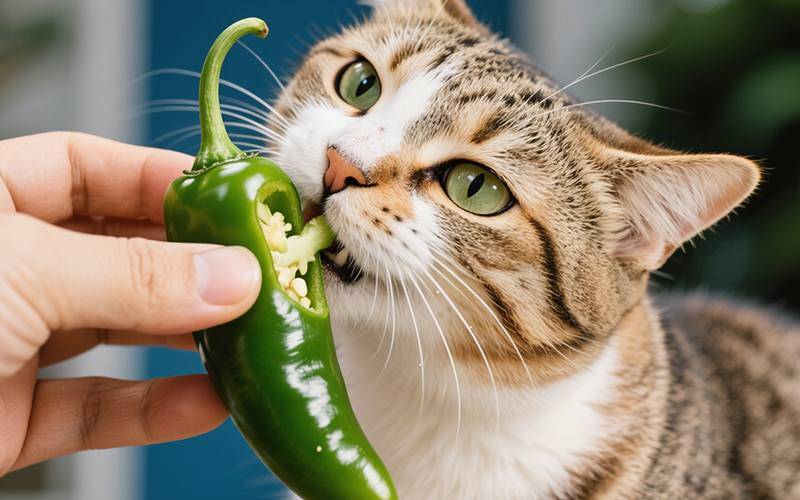
The Burning Question: Can Cats Eat Jalapenos? A Comprehensive Safety Guide
- 21 Apr 2025
Cool Temptation: Can Cats Eat Ice Cream Safely? The Vet-Backed Truth
- 21 Apr 2025
Frankly Dangerous: Can Cats Eat Hot Dogs? Vet Explains the Serious Risks
- 16 Apr 2025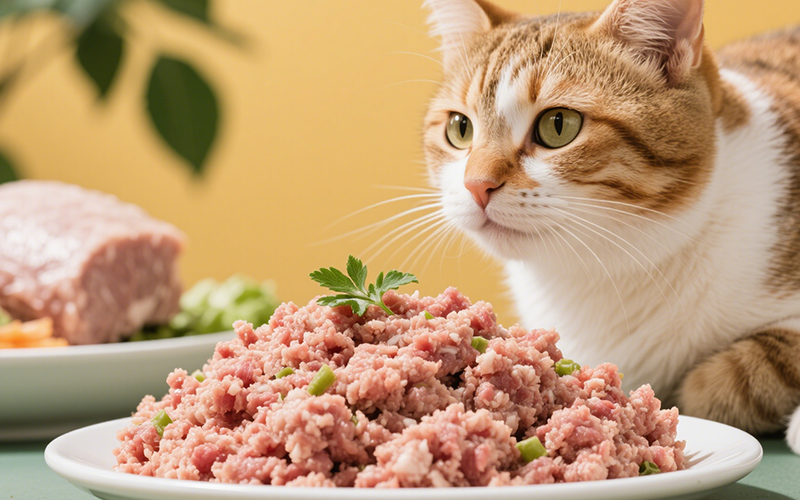
A Purrfect Protein? Can Cats Eat Ground Turkey Safely? (Vet-Reviewed Guide)
- 16 Apr 2025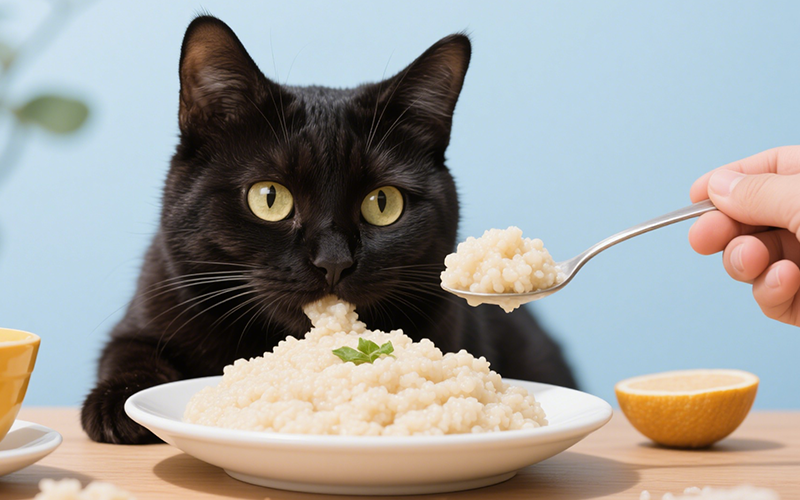
Gritty Situation: Can Cats Eat Grits Safely? Vet Explains the Risks
- 16 Apr 2025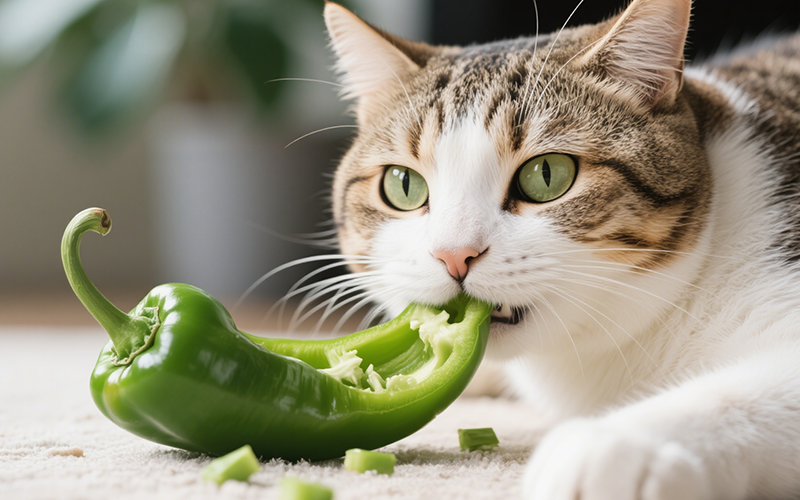
Crunchy Query: Can Cats Eat Green Peppers? A Vet-Reviewed Safety Analysis
- 16 Apr 2025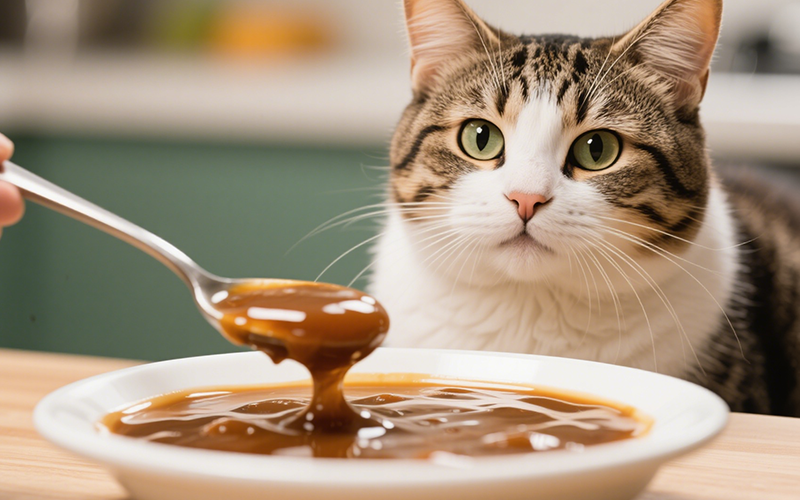
Gravy Danger Zone: Can Cats Eat Gravy Safely? (Vet-Reviewed Warning)
- 16 Apr 2025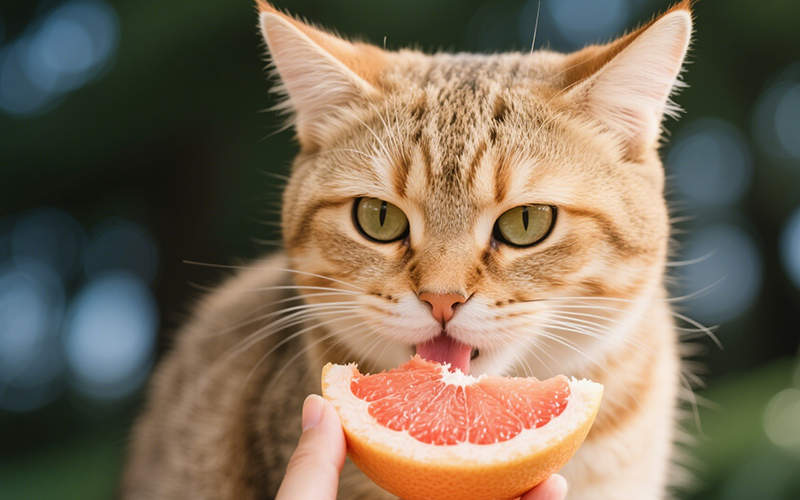
Toxic Temptation: Can Cats Eat Grapefruit? Vet Explains the Dangers
- 16 Apr 2025
